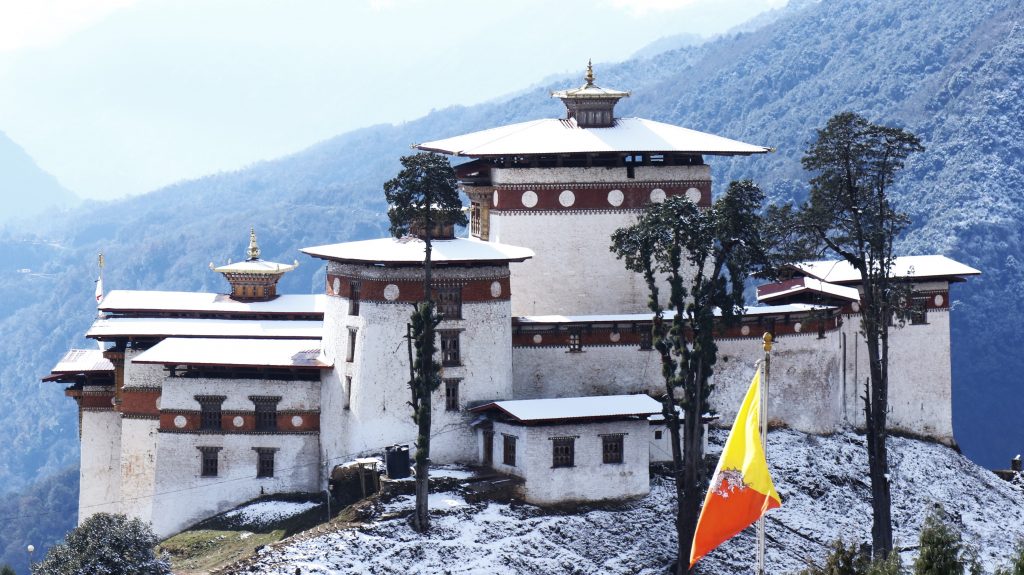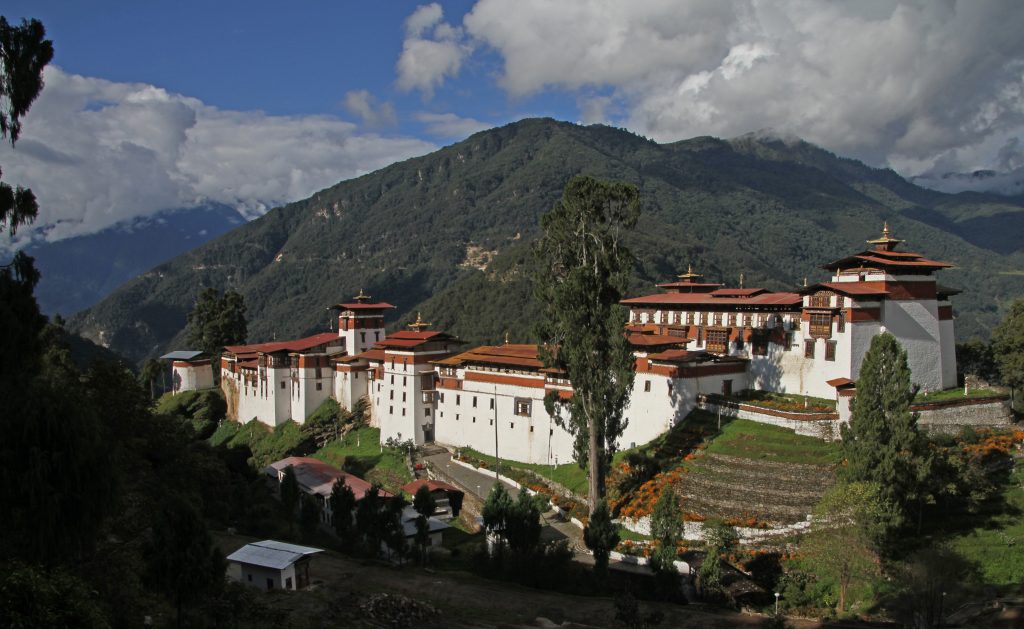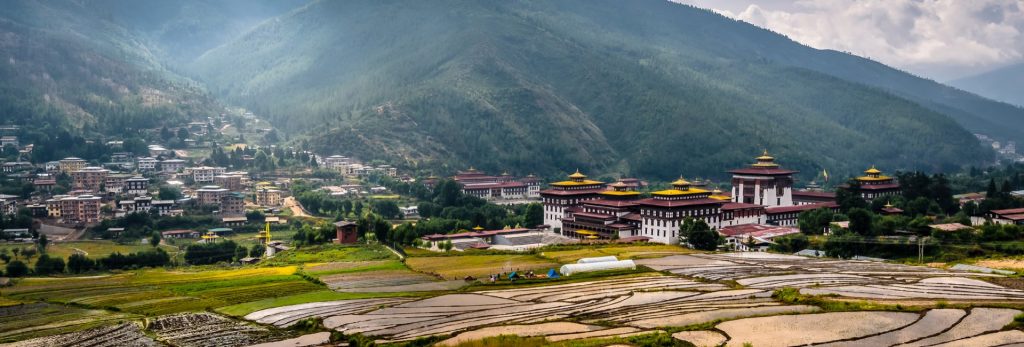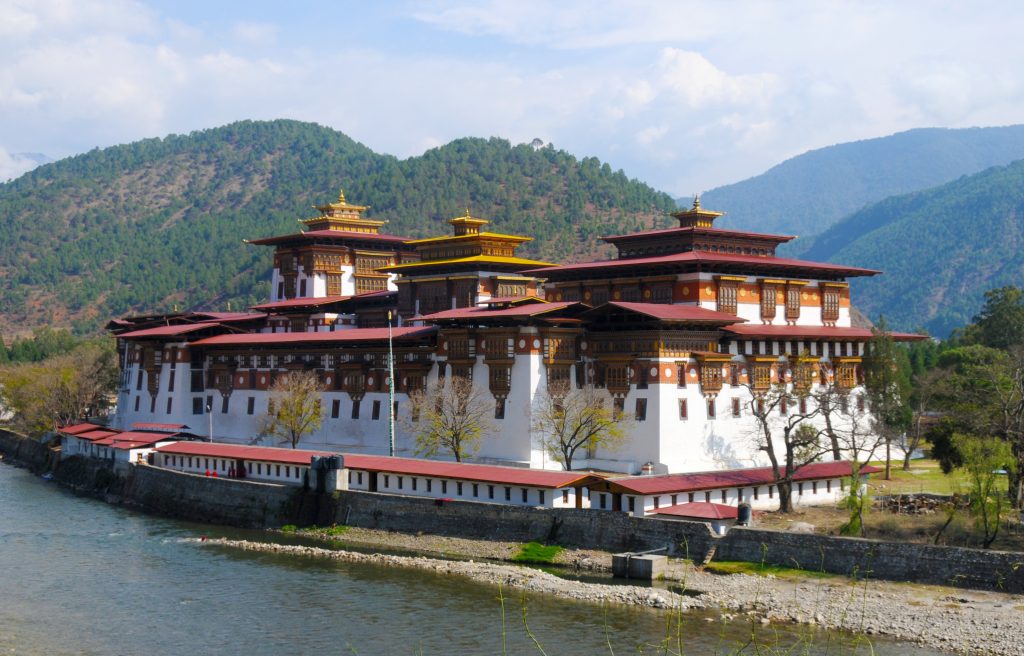Dzongs, the majestic fortresses that dot Bhutan’s landscape, are much more than architectural marvels. They represent the heart of Bhutan’s cultural and spiritual life. These impressive structures serve dual purposes as both administrative centers and monastic hubs. Each dzong stands as a symbol of Bhutan’s deep-rooted traditions, housing sacred relics and hosting important religious festivals.





Built strategically on hilltops or river confluences, dzongs are architectural feats designed to withstand both time and invaders. The intricate woodwork, massive stone walls, and tiered roofs reflect the skill of Bhutanese artisans and the nation’s commitment to preserving its heritage.
One of the most significant aspects of dzongs is their role in Bhutanese society. They are the center of community life, where spiritual and temporal powers converge. Monks and civil administrators work side by side, ensuring that the spiritual wellbeing of the people is nurtured alongside governance.
Immerse yourself in the cultural richness of Bhutan’s dzongs with our exclusive trips, offering you unique insights into their spiritual and historical significance.
In addition to their spiritual and administrative functions, dzongs are also venues for vibrant religious festivals known as tshechus. During these events, communities gather to witness masked dances, receive blessings, and participate in rituals that reinforce Bhutan’s cultural identity and Buddhist values.
Visiting a dzong is more than a sightseeing experience; it is an invitation to connect with Bhutan’s spiritual essence. Whether you are exploring the ancient halls of Punakha Dzong or the towering walls of Paro Dzong, you are stepping into a living history that continues to shape Bhutan’s identity. Each dzong tells a story of resilience, faith, and the harmonious coexistence of spiritual and secular life—a testament to the unique character of the Land of the Thunder Dragon.
















Leave a Reply